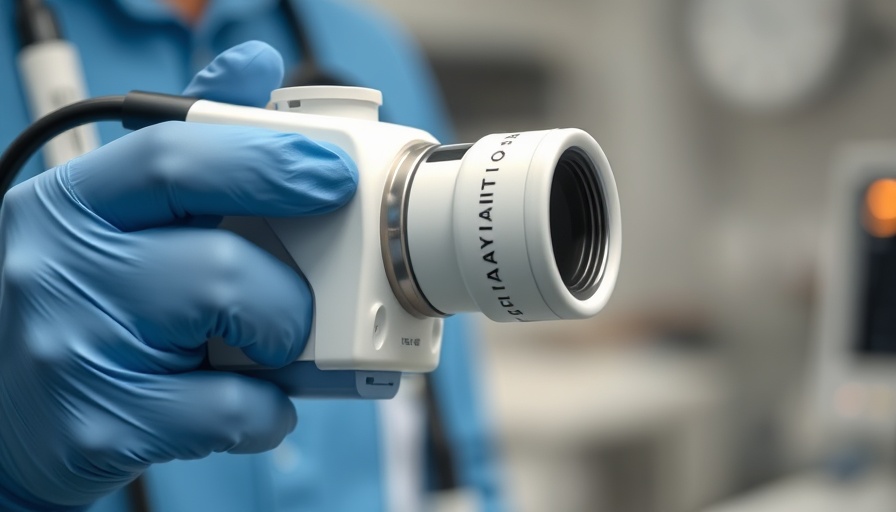
The Impact of Early ADHD Treatment on Life Outcomes
Recent research from Sweden has unveiled compelling evidence that early treatment for Attention Deficit Hyperactivity Disorder (ADHD) significantly lowers the risks of serious adverse behaviors such as suicidal tendencies, substance abuse, transportation accidents, and criminal activities. This major study evaluated the health and social implications among a large cohort of 148,581 individuals diagnosed with ADHD, emphasizing the importance of timely intervention in managing the condition effectively.
Understanding the Benefits of Drug Treatment
According to the findings, patients who began drug therapy within three months of their ADHD diagnosis exhibited a notable reduction in rates of dangerous behaviors. Specifically, the study reported:
- Suicidal behaviors: a reduction with an adjusted incidence rate ratio (aIRR) of 0.83.
- Substance misuse: a decrease with an aIRR of 0.85.
- Transport accidents: a drop with an aIRR of 0.88.
- Criminality: a reduction with an aIRR of 0.87.
These findings suggest that early intervention not only addresses the symptoms of ADHD but can also create ripples of positive impact across various domains of life, reflecting healthier choices and behaviors among those treated.
Impulsivity and Attention: Key Factors
The researchers linked these positive outcomes to improvements in impulsivity and executive function abilities resulting from drug treatment. Zheng Chang, the lead researcher from the Karolinska Institutet, posited that less impulsivity may reduce aggressive behaviors that contribute to criminality, and enhanced attention can decrease the likelihood of transport accidents by minimizing distractions.
This insight aligns with findings from previous randomized controlled trials, further solidifying the argument for ADHD treatment as a critical component of comprehensive healthcare delivery.
Reaching Vulnerable Populations
Notably, the study's outcomes indicate that those with prior incidences of harmful behaviors, including substance abuse and criminality, showcased even greater benefits from ADHD medication. This emphasizes that early diagnosis and treatment are crucial in reducing potentially devastating life events, particularly for vulnerable populations.
Additionally, the findings highlighted distinctions in treatment effectiveness based on age and gender; adults showed more pronounced reductions in substance misuse and criminality rates compared to their younger counterparts. Furthermore, women displayed greater benefits than men in relation to first-time criminal events.
Clinical Implications and Future Considerations
These compelling findings beckon healthcare professionals to reflect deeply on treatment timelines for ADHD patients. As the evidence mounts, the importance of initiating drug therapy soon after diagnosis should become a focal point of clinical discussions and strategies. This aligns directly with optimal healthcare delivery models that prioritize patient-centered care and evidence-based practice.
While the results are encouraging, they raise several questions for future examination. How can we ensure equitable access to ADHD treatment for all affected individuals? What additional supports can be made available for those undergoing treatment? These challenges necessitate ongoing dialogue within the healthcare community to ensure that the positive outcomes of early ADHD treatment can be realized universally.
A Call to Action for Health Professionals
The implications of this study are vast and warrant immediate attention from healthcare providers, policymakers, and educators. As we aim to improve health outcomes for individuals with ADHD, let's harness this momentum towards refining treatment approaches and advocating for resources that help manage this condition. By informing our practices with the latest clinical research updates, we can help create healthier communities and optimize care for the next generations.
The findings serve as a powerful call for continued investment in ADHD education and treatment, emphasizing that healthcare innovation and reform hold the potential to transform lives.
 Add Row
Add Row  Add
Add 




Write A Comment